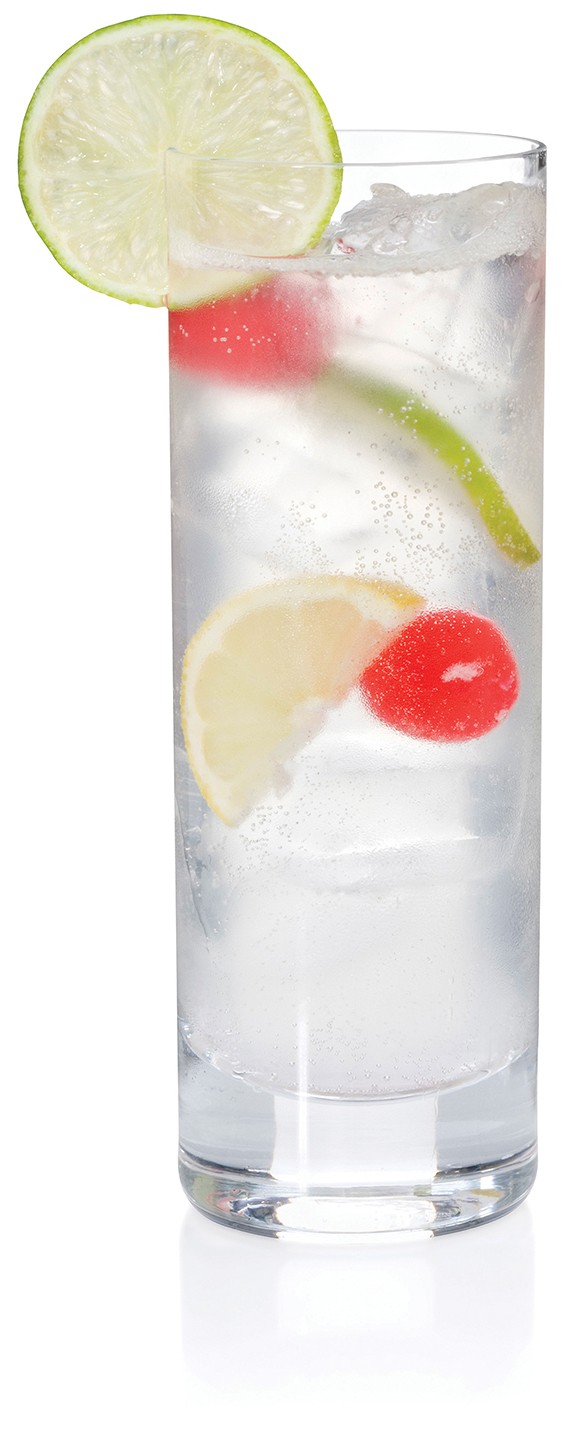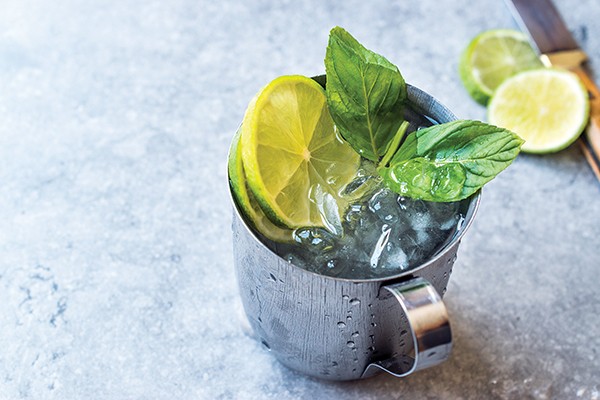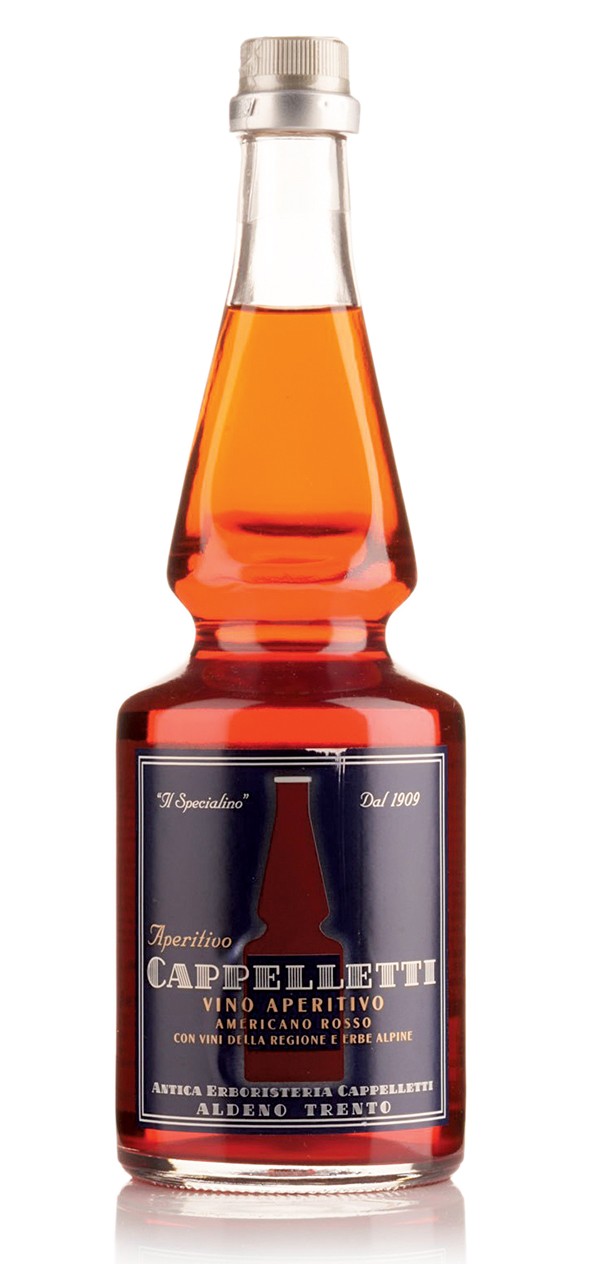At some moment during my teen years, I read a book or watched a movie that included a scene extolling the virtue of a Tom Collins. I’ve tried, desperately, to remember the reference, but no luck — it might’ve been Lisa Birnbach’s The Official Preppy Handbook or Little Darlings or, somewhat randomly, the obscure 1958 melodrama Marjorie Morningstar, which starred Natalie Wood as a love-struck camp counselor.
What I do recall is the sage advice that a girl on a date with a guy she didn’t know so well should stick to drinking Tom Collinses, because the drinks were tall, sippable, and full of soda water. It was highly unlikely that a “nice” girl would get schnockered drinking Tom Collins.
However it was delivered, that kernel of wisdom was permanently lodged into my brain, and for years, I longed for that moment when I, too, could demurely sip on the lemony gin drink. Unfortunately for me, my dating experiences once I reached legal age consisted of nights spent at Midtown hotspots like the Lamplighter and the Antenna Club, where beer was the only alcoholic beverage on the menu. And even today, although I’ve stepped up my game on the local bar scene, the Tom Collins is seldom featured on area cocktail menus.
That doesn’t mean that your favorite Memphis bartender won’t make one for you — or that you can’t mix up your own at home this summer.
 Fibobjects | Dreamstime.com
Fibobjects | Dreamstime.com
First, the history of this cocktail: The Tom Collins first appeared in bartender literature in 1876 as a kissing cousin to the John Collins, a British drink that was made from either bourbon or gin, lemon juice, sugar, and soda water. It’s likely that the drink was popularized two years earlier, when a practical joke later dubbed “the Tom Collins Hoax of 1874” swept across the United States. Everything’s a bit vague, though — as “the sage of Baltimore” H.L. Mencken once wrote, “The origins of the Tom-Collins remains to be established; the historians of alcoholism, like the philologists, have neglected them.” Nevertheless, by 1878, the cocktail was a mainstay on bar menus. It was — and still is — served in a Collins glass, a tumbler that’s a few inches taller than a highball glass.
Now, how to make it: Start with Hayman’s Old Tom Gin, a sweet, botanic variety that was stocked in every bar in Victorian-era England. Today, you can find it at area liquor stores with a wide variety; I’ve seen it around town for under $26 for a large bottle. An aside here: Old Tom is a sweet and higher ABV strain of gin that, in recent years, is enjoying a resurgence. In addition to Hayman’s version, Tanqueray bottles a limited edition Old Tom variety. At Buster’s Liquors, I’ve also found an American Old Tom gin that’s bottled by the Louisville craft distillery Copper & Kings. All told, there are approximately two dozen variations of Old Tom on the market, although few have made their way to Memphis shelves.
If you don’t have Old Tom on hand, go dry or go botanical. Cook up a batch of simple syrup and let it cool. Squeeze fresh lemon juice. Pack one-and-a-half cups of ice into a Collins glass, and put it in the freezer. Combine two ounces of gin, three-quarters ounce lemon juice, and a half ounce simple syrup in a cocktail shaker. Add ice, cover, and shake until chilled. Strain the concoction into your ice-filled and pre-chilled Collins glass, and top with club soda. Garnish it with a lemon wedge and, if you’d like, a few maraschino cherries.
That’s the easy way. Years ago, Tom Collinses were actually mixed in the glasses they’re served in. To go old-school, just add two ounces gin, the juice of a lemon, and one teaspoon of superfine sugar to a Collins glass. (If you want, chill the glass, filled with ice, in the freezer first, then dump the ice before adding ingredients.) Stir with a tall spoon until the sugar has dissolved, fill the glass with ice, and then top it off with chilled club soda.
 Alp Aksoy | Dreamstime.com
Alp Aksoy | Dreamstime.com 